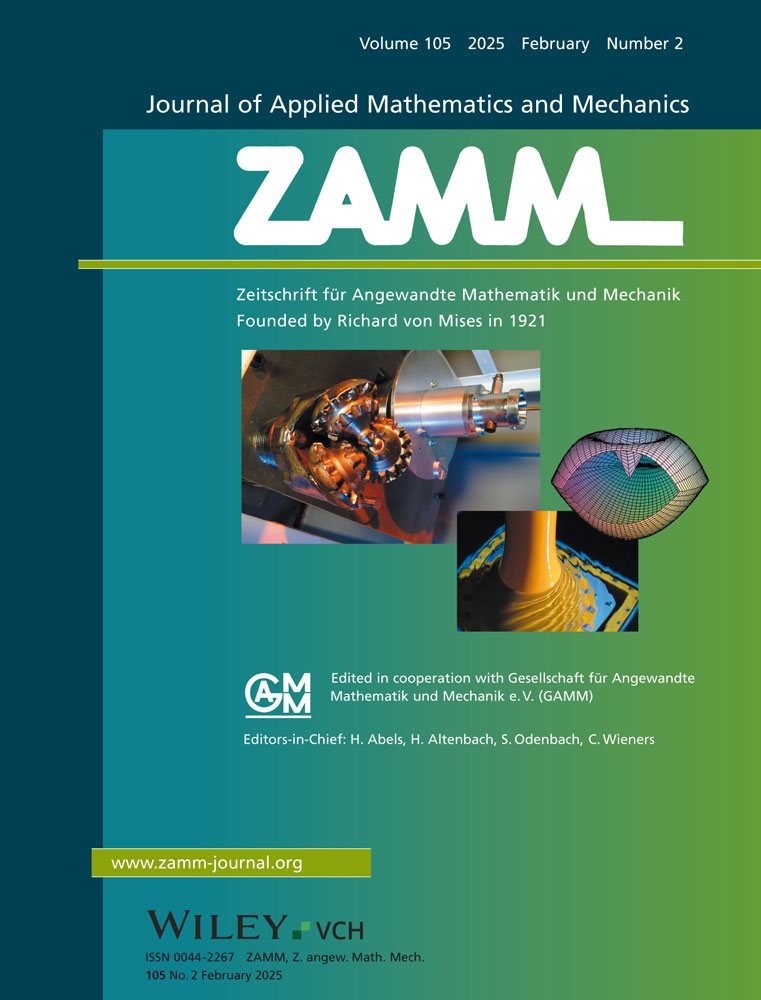Numerical analysis of unconditional positivity-preserving method for age-structured HIV models with antiretroviral therapy
Abstract
Currently, HIV is becoming an important topic in disease research and antiretroviral therapy (RT) has been widely used as a reliable treatment. Considering the significance of T cell duration of infection in the RT, we develop a fully implicit numerical method for non-linear age-structured HIV models to evaluate the impact of various therapies on the state of illness and system equilibrium in this paper. It is proved that such a numerical method unconditionally preserves the positivity (namely the biological meanings). Based on RT, the boundedness of the exact solutions in any finite time interval is investigated through the virus satisfies integro-differential equations. Moreover, with the study of the uniform boundedness of numerical solutions, it is shown that the numerical solutions converge to the exact ones with accuracy of order 1. Meanwhile, the key contribution of this paper is the numerical replication of the long-time behavior for HIV models. In detail, a numerical threshold, a numerical basic reproduction number , is obtained in the sense that the disease-free equilibrium is locally asymptotically stable for and the existence and stability of the numerical epidemic equilibrium are also presented for . Definitely, the numerical basic reproduction number is not a quadrature to the exact one, but its 1-order convergence is also discussed in a similar approach. Therefore, by numerical experiments, we illustrate the asymptotic behaviors in different protease inhibitors. Further, we show the effect of RT on the basic reproduction number to reveal such asymptotic stability may transform with different therapies.
CONFLICT OF INTEREST STATEMENT
The authors declare no potential conflict of interests.




